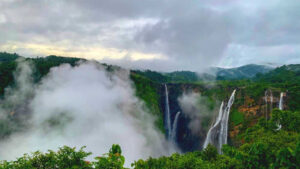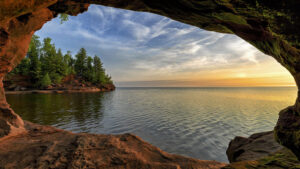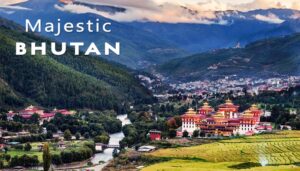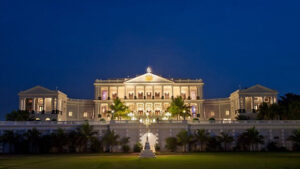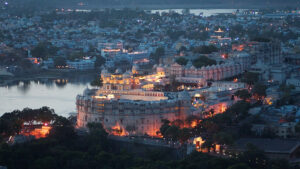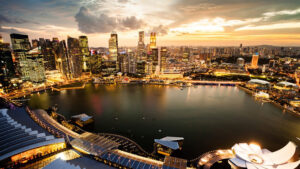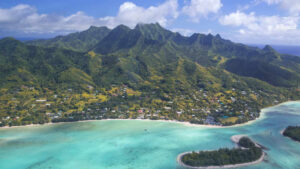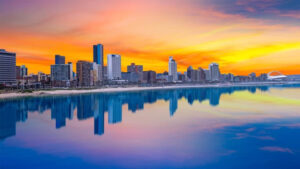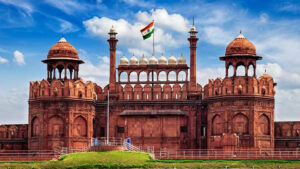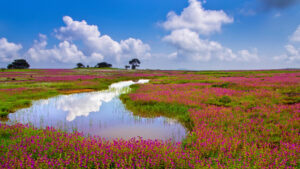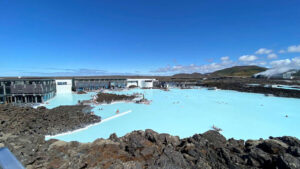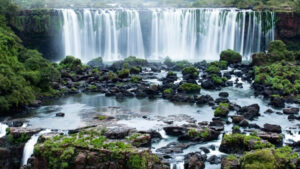FAROE ISLANDS, DENMARK – DISCOVER A WORLD OF DRAMATIC LANDSCAPES AND TIMELESS TRADITIONS

The Faroe Islands are an archipelago located in the North Atlantic Ocean, between Iceland and Norway. It is an autonomous territory of the Kingdom of Denmark, and its capital and largest city is Tórshavn.
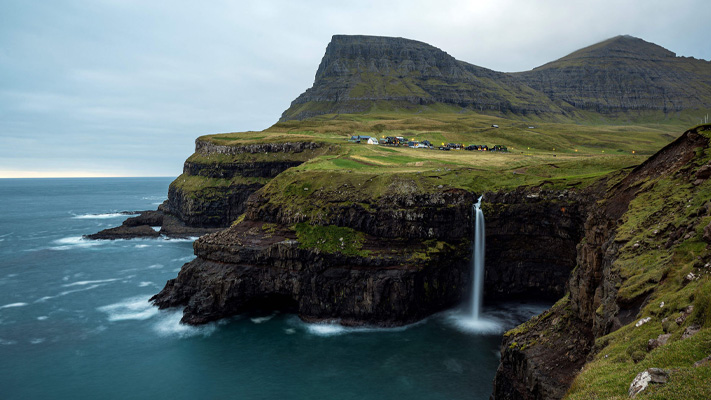
The Faroe Islands are known for their stunning natural beauty, rugged landscapes, and unique culture. The islands are home to a rich array of flora and fauna, including seabirds, whales, and seals. The Faroe Islands are also a popular destination for outdoor activities such as hiking, fishing, and birdwatching.
The islands have a rich cultural heritage, with traditions and customs that date back to the Viking Age. The Faroese language is also unique, and is spoken by the majority of the population. The islands have a thriving arts and music scene, with many local artists and musicians gaining international recognition.
The Faroe Islands have a small population of around 50,000 people, and are known for their strong sense of community and social cohesion. The islands have a high standard of living, with a strong economy based on fishing and aquaculture. Despite being a small and remote archipelago, the Faroe Islands are a vibrant and unique destination that attracts visitors from around the world.
Factors that make it a Must Visit Destination
The Faroe Islands are a must-visit destination for a number of reasons:
- Natural Beauty: The islands are known for their rugged landscapes, stunning seascapes, and unique geology. Visitors can explore the dramatic cliffs, waterfalls, and mountains that make the islands such a popular destination for hiking, wildlife watching, and photography.
- Unique Culture: The Faroe Islands have a rich cultural heritage, with traditions and customs that date back to the Viking Age. The islands have a strong sense of community and social cohesion, and visitors can experience local festivals, music, and art that reflect this unique culture.
- Sustainable Tourism: The Faroe Islands are committed to sustainable tourism practices, with a focus on preserving the natural environment and promoting responsible tourism. Visitors can explore the islands while minimizing their impact on the local ecosystem, and support local businesses that are committed to sustainable practices.
- Adventure Tourism: The Faroe Islands are a popular destination for adventure tourism, with activities such as hiking, birdwatching, fishing, and kayaking. Visitors can explore the islands on foot, by boat, or by kayak, and experience the unique landscape and wildlife up close.
- Culinary Experiences: The Faroe Islands are known for their traditional cuisine, which includes local seafood, lamb, and other specialties. Visitors can enjoy local food and drink at restaurants and cafes throughout the islands, and experience the unique flavors and traditions of Faroese cuisine.
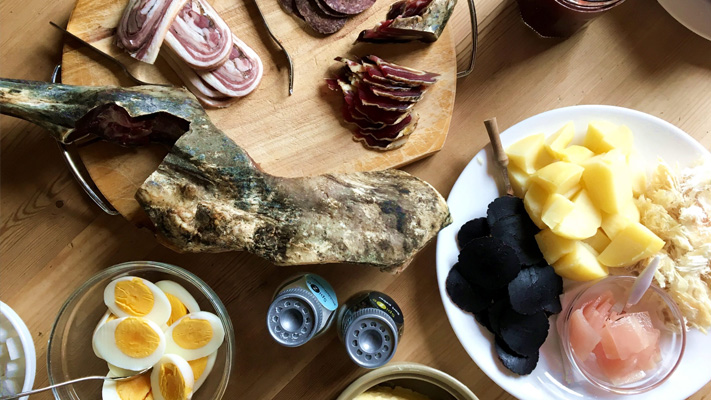
Popular Tourist Activities
The Faroe Islands offer a wide range of activities for visitors to enjoy. Here are some of the most popular tourist activities:
- Hiking: The Faroe Islands are a popular destination for hiking, with a variety of trails ranging from easy strolls to challenging mountain hikes. Visitors can explore the rugged landscape and stunning seascapes of the islands on foot, and experience the unique flora and fauna up close.
- Bird watching: The Faroe Islands are home to a rich array of birdlife, including puffins, guillemots, and gannets. Visitors can take boat tours or hiking trips to see the birds up close, and learn about their habitat and behaviour.
- Fishing: Fishing is a popular activity in the Faroe Islands, with many visitors taking fishing trips to catch local fish such as cod, haddock, and salmon. Visitors can also enjoy local seafood at restaurants and cafes throughout the islands.
- Cultural Experiences: The Faroe Islands have a rich cultural heritage, with traditions and customs that date back to the Viking Age. Visitors can explore local museums, galleries, and historic sites to learn about the islands’ history and culture.
- Kayaking: Kayaking is a popular way to explore the stunning seascapes of the Faroe Islands. Visitors can take guided tours or rent kayaks to explore the rugged coastline and see the islands from a different perspective.
- Food and Drink: The Faroe Islands are known for their traditional cuisine, which includes local seafood, lamb, and other specialties. Visitors can enjoy local food and drink at restaurants and cafes throughout the islands, and experience the unique flavors and traditions of Faroese cuisine.
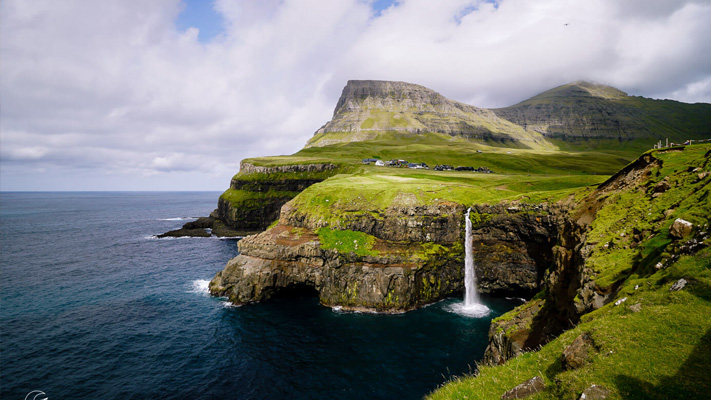
Top Attractions and Must Visit Places
The Faroe Islands are home to many stunning natural and cultural attractions that are must-visit places for any traveler. Here are some of the top attractions in the Faroe Islands:
- Gásadalur: Gásadalur is a small village on the island of Vágar that is famous for its stunning waterfall and panoramic views of the surrounding landscape.
- Tórshavn: Tórshavn is the capital and largest city of the Faroe Islands, and is home to a variety of historic sites, museums, and cultural attractions. Visitors can explore the historic old town, visit the Nordic House cultural center, or take a boat tour of the harbor.
- Sørvágsvatn: Sørvágsvatn is a stunning lake on the island of Vágar that sits atop dramatic cliffs overlooking the sea. The lake is a popular destination for hiking and photography.
- Mykines: Mykines is a small island off the west coast of the Faroe Islands that is home to a large population of seabirds, including puffins and gannets. Visitors can take a boat tour to the island, hike the trails, and explore the historic lighthouse.
- Viðareiði: Viðareiði is a small village on the island of Viðoy that is known for its picturesque location at the base of a mountain. Visitors can hike to the top of the mountain for panoramic views of the surrounding landscape.
- Kirkjubøur: Kirkjubøur is a historic village on the island of Streymoy that is home to several important cultural and historic sites, including the ruins of a medieval cathedral and a traditional Faroese farmhouse.
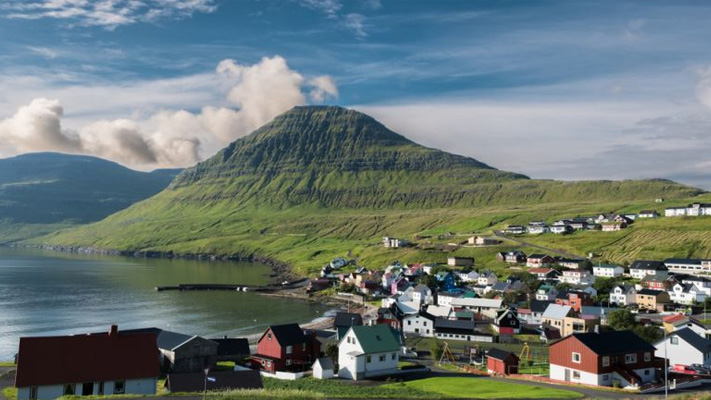
Best Time to Visit
The best time to visit the Faroe Islands depends on what you are looking for in your trip. Here is a breakdown of the weather, events, and festivals throughout the year to help you decide:
- Summer (June-August): Summer is the peak tourist season in the Faroe Islands, with long daylight hours and generally mild weather. This is the best time to enjoy outdoor activities such as hiking, bird watching, and fishing. The G! Festival, a popular music festival, also takes place in July.
- Fall (September-November): Fall is a quieter time to visit the Faroe Islands, with fewer tourists and cooler temperatures. However, this is also the time when the islands’ landscapes are ablaze with autumn colours, making it a great time for hiking and photography.
- Winter (December-February): Winter in the Faroe Islands is characterized by short days and unpredictable weather, with rain, snow, and wind all possible. However, this is also the time when visitors can witness the stunning Northern Lights, and experience the traditional Faroese Christmas celebrations.
- Spring (March-May): Spring in the Faroe Islands is a time of new beginnings, with the first signs of greenery and wildflowers appearing throughout the islands. This is a good time for hiking and bird watching, and the Faroe Islands Folk Music Festival takes place in April.




